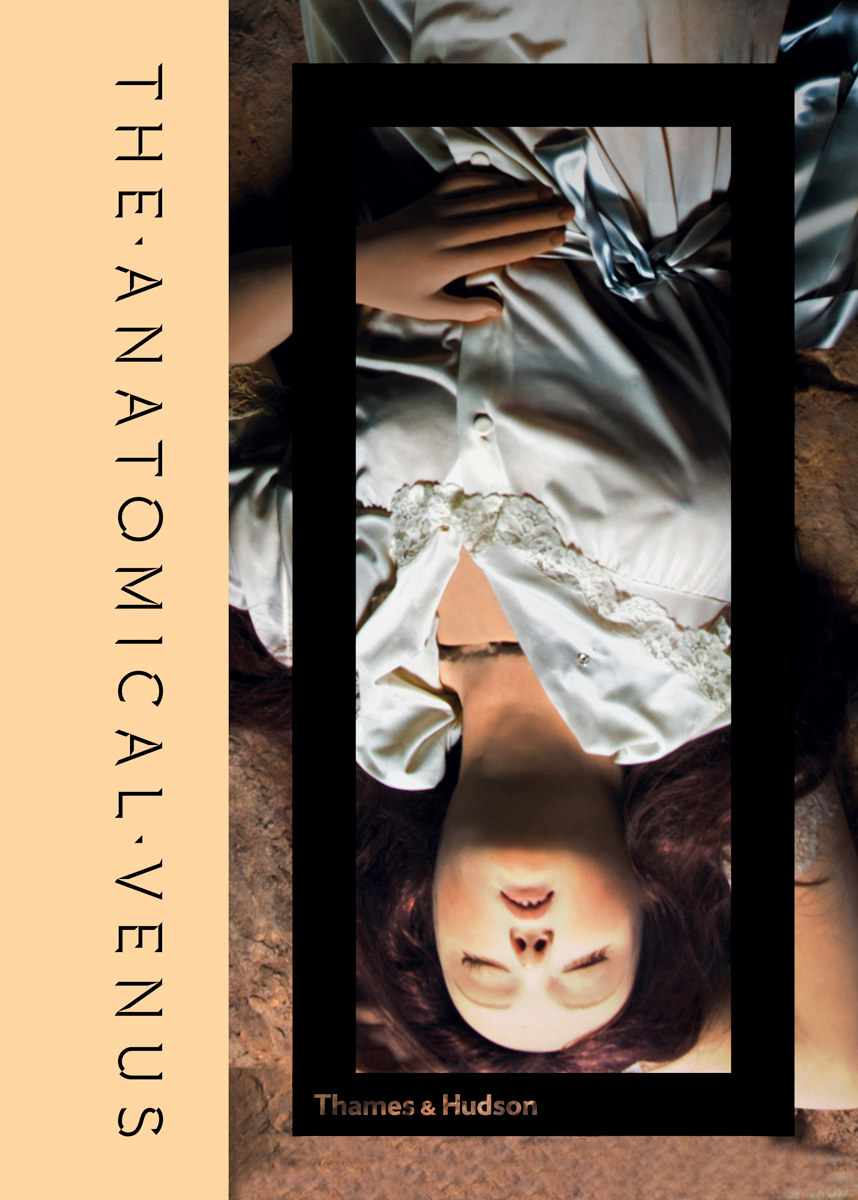An Anatomical Venus is a life-sized wax woman, often with real human hair and glass eyes, created to teach anatomy to the general public in the late 18th century. Some Anatomical Venuses can be taken apart in pieces, dissected, to reveal a foetus in the womb. Others are presented in static states, their internal organs on display: anatomically undressed.

Joanna Ebenstein of the Morbid Anatomy Museum in Brooklyn travelled the world to write the history of the wax models in her book The Anatomical Venus.
Ebenstein told BuzzFeed: “In 2007, I went on a one-month pilgrimage to photograph objects in the great medical museums of Europe and the United States to gather material for an exhibition called Anatomical Theatre. Of all the uncanny, confounding, seductive objects I saw on that trip, the most fascinating of all was the Anatomical Venus.
“The first one was created around 1780 in Florence, Italy, where it served as the centrepiece for an ‘encyclopedia in wax’ of the human body at the Museum for Physics and Natural History, better known as La Specola, the first truly public science museum, open to men, women, and children.”

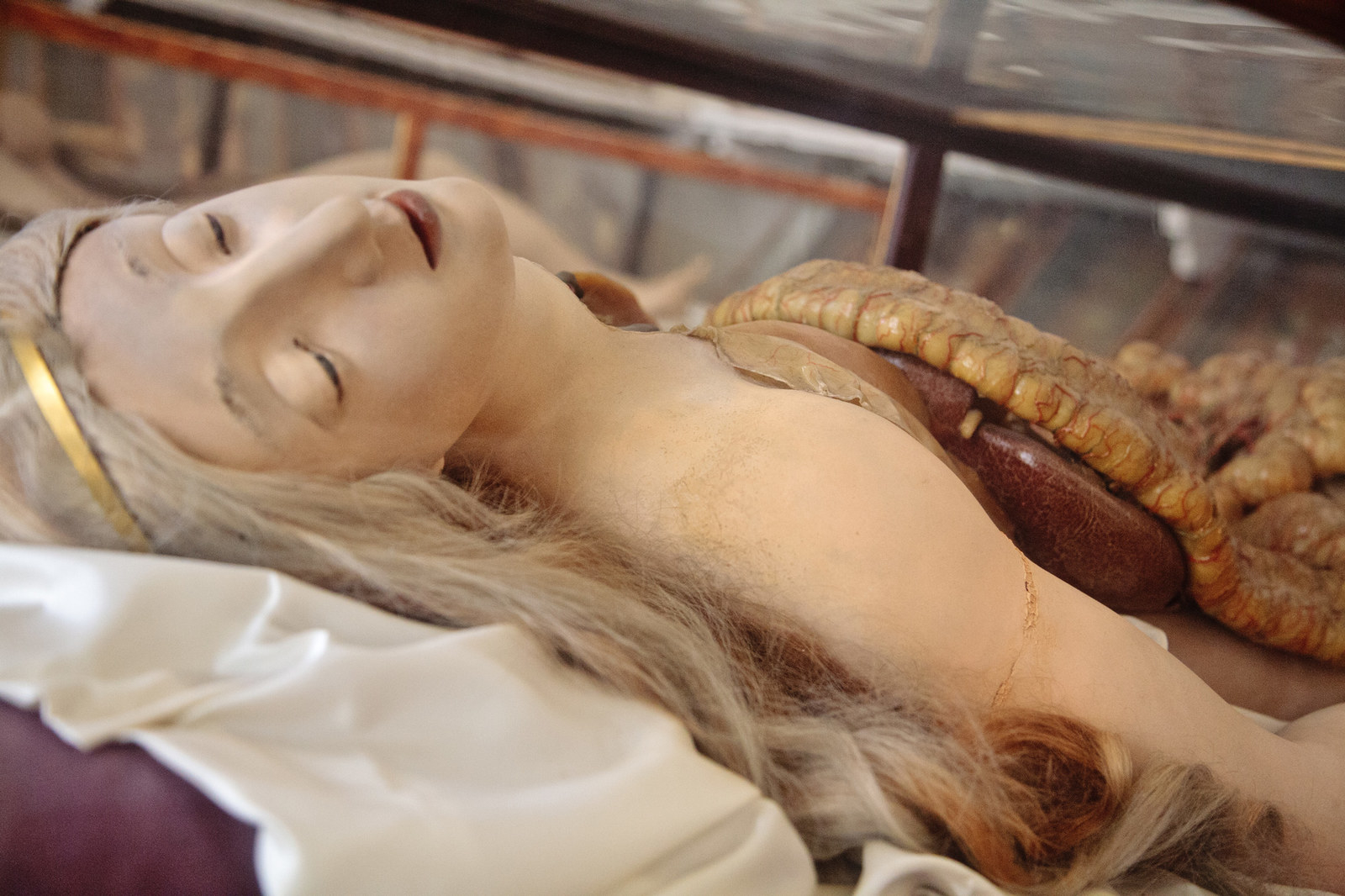
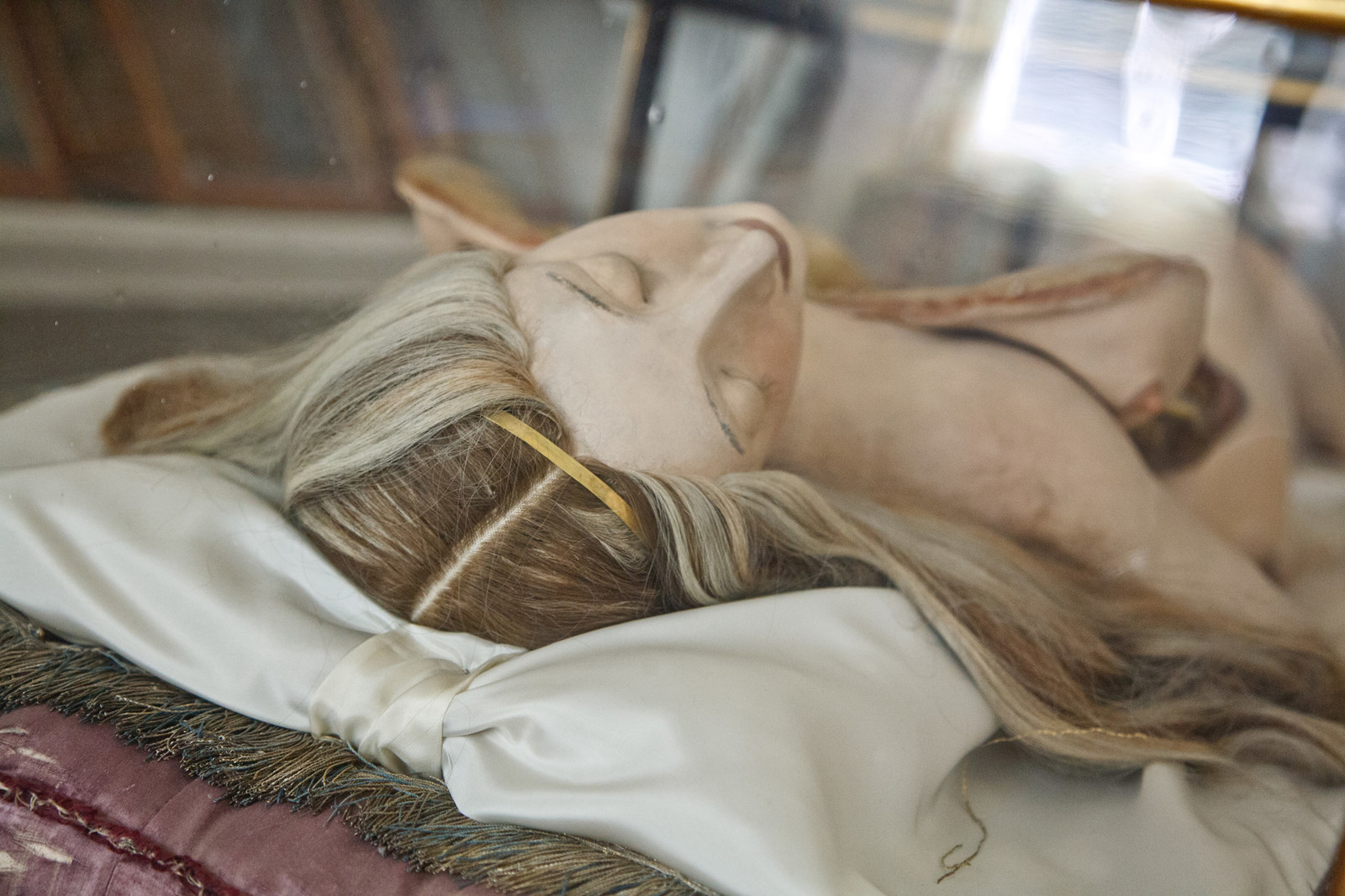
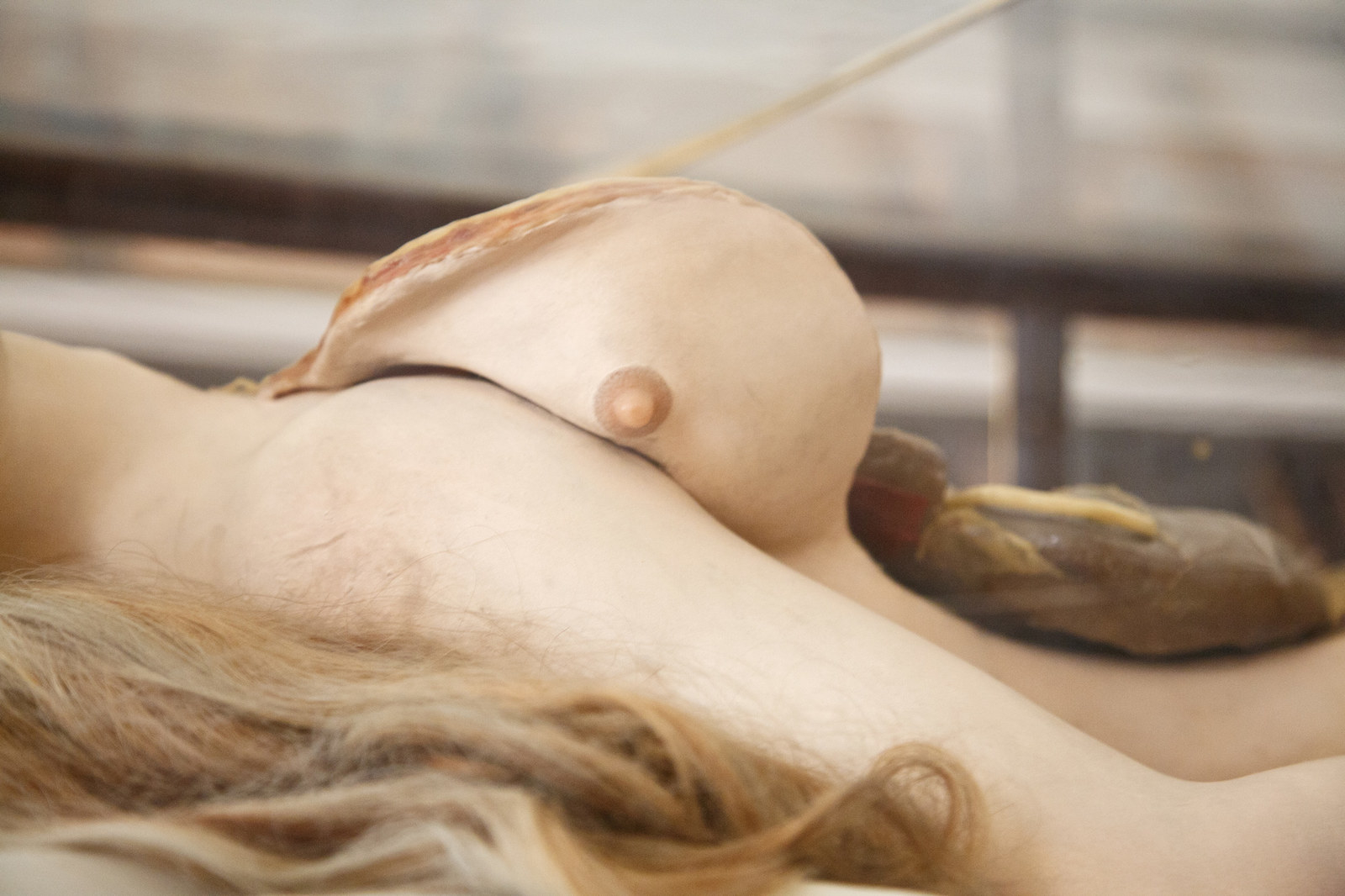
“The original Anatomical Venuses were made by a skilled artist in tandem with an anatomist or natural philosopher. The finest were made by the workshop of artist Clemente Susini, who headed the wax studio at La Specola for many years.
"The team would begin by choosing an illustration from well-known medical atlases by anatomists such as Vesalius, Albinus, or Mascagni. Cadavers and body parts would then be sourced from the nearby hospital of Santa Maria Nuova so that each organ and element could be crafted with maximum accuracy.
"One goal of these waxes was to render further human dissections – which were messy, smelly, and ethically fraught – unnecessary.”
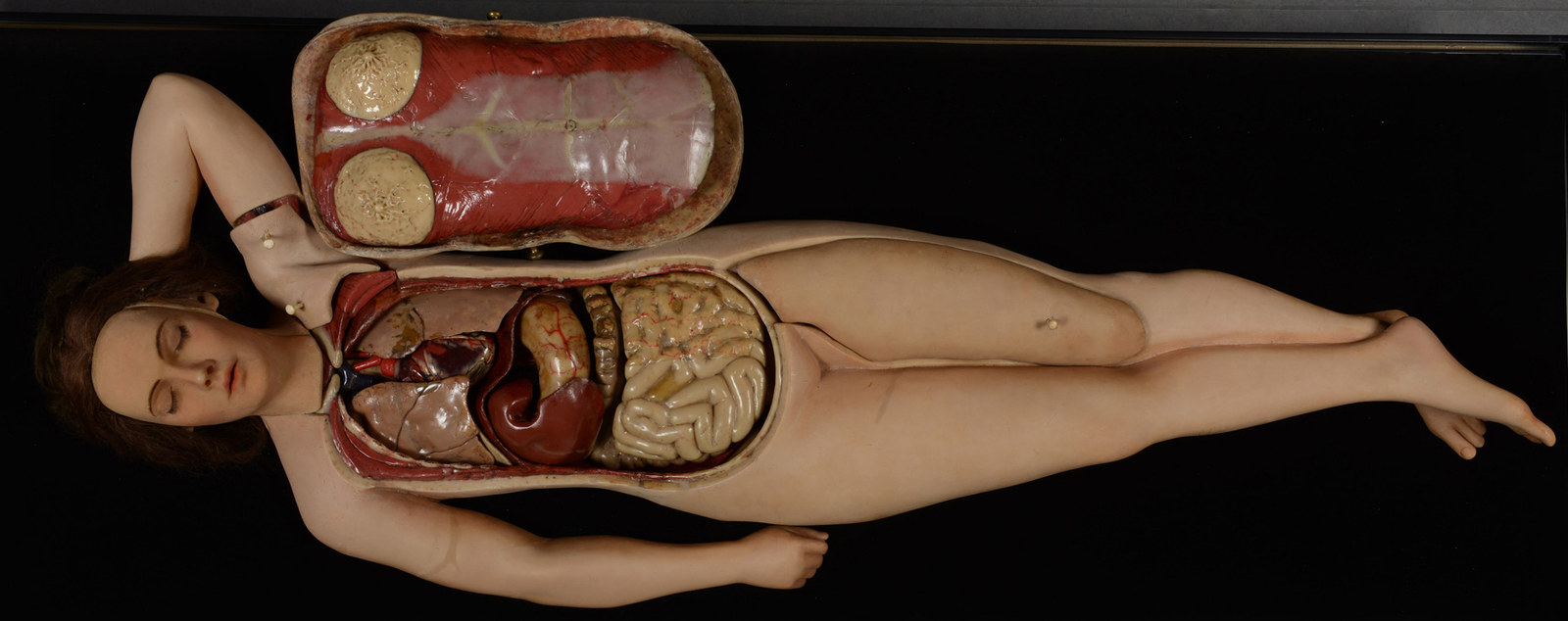
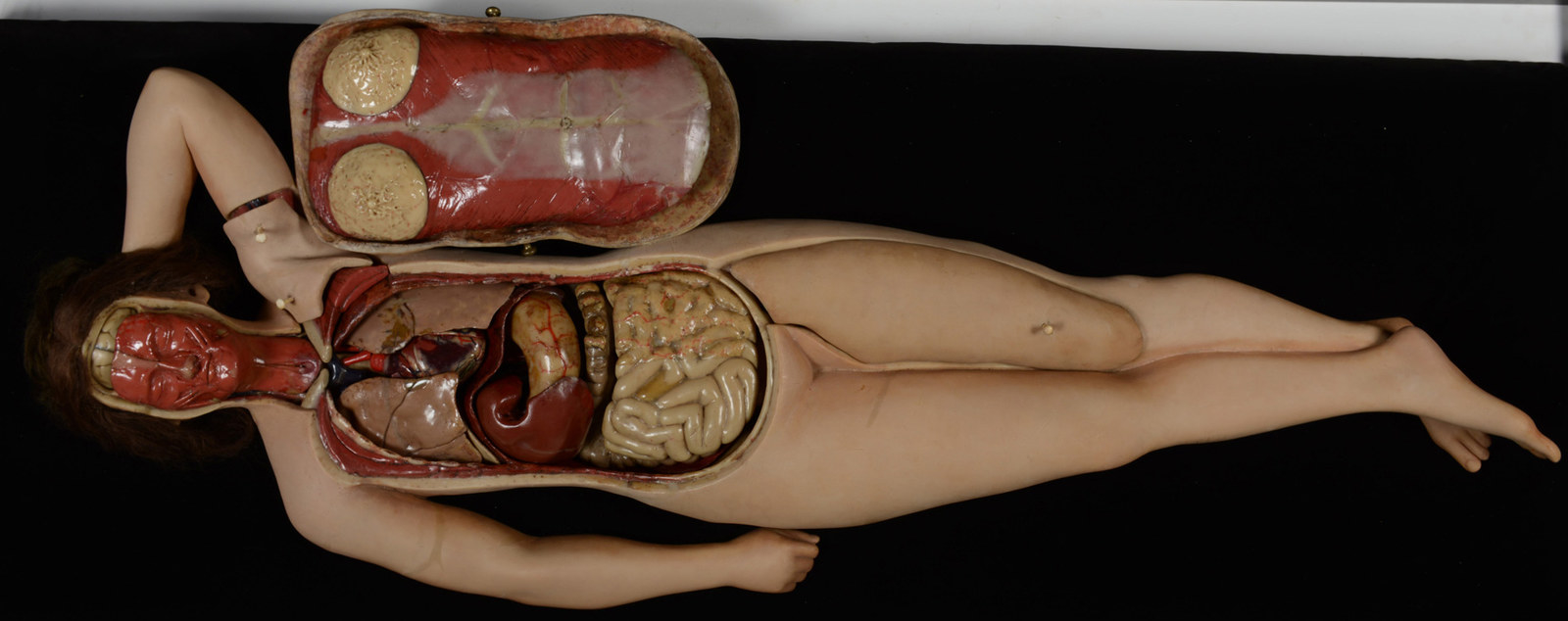
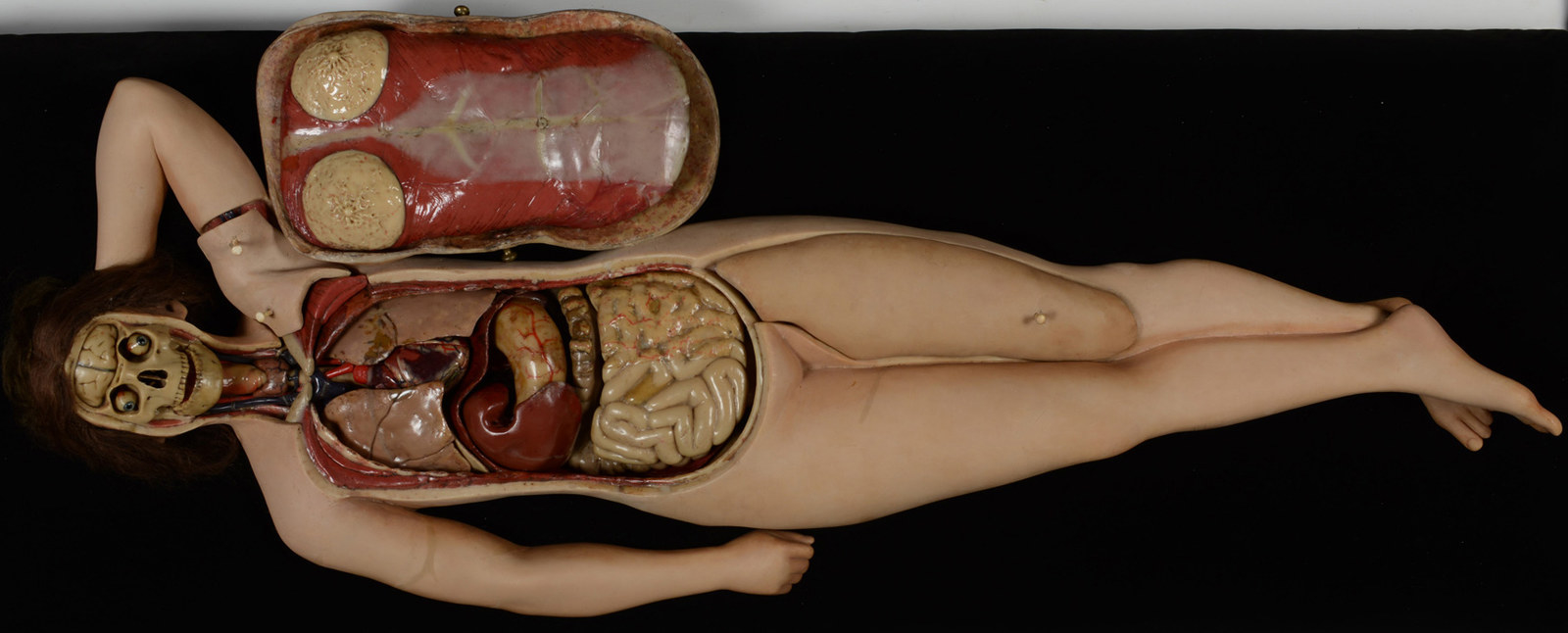

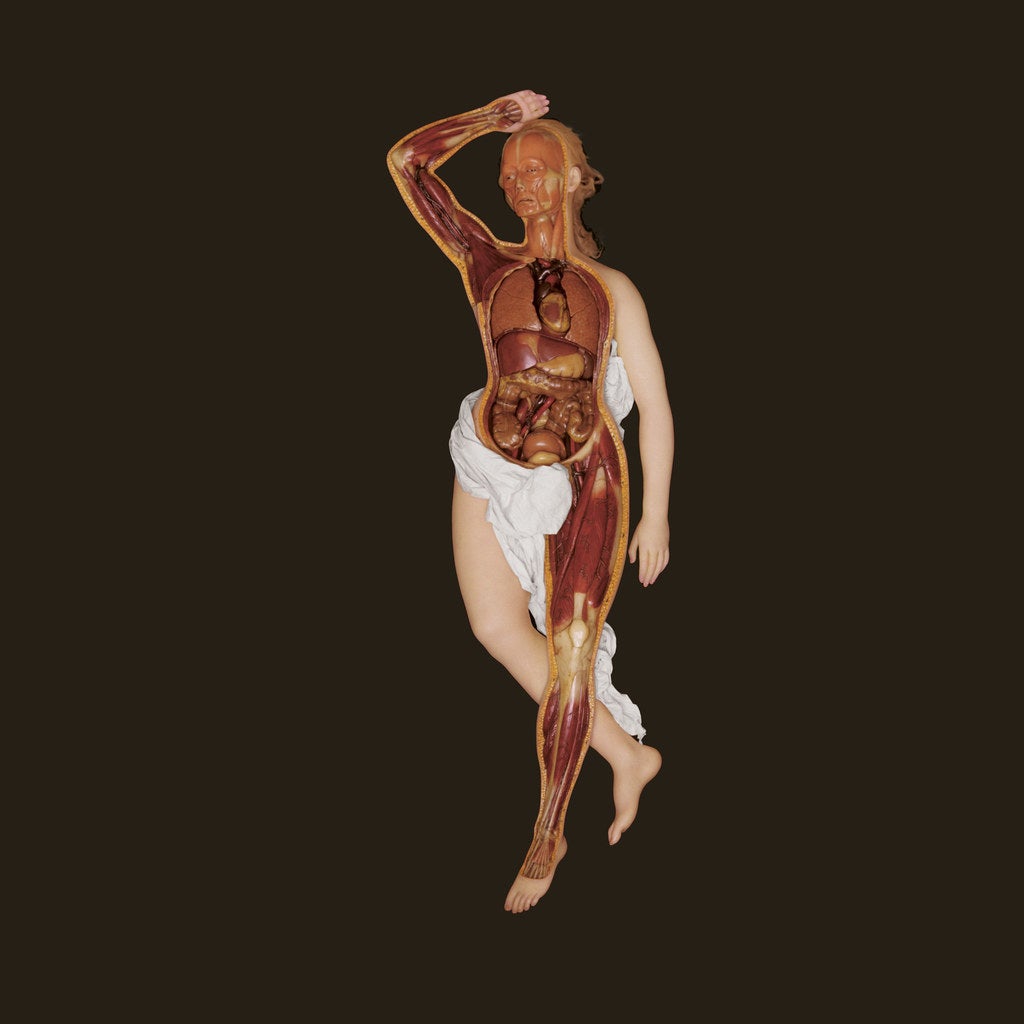
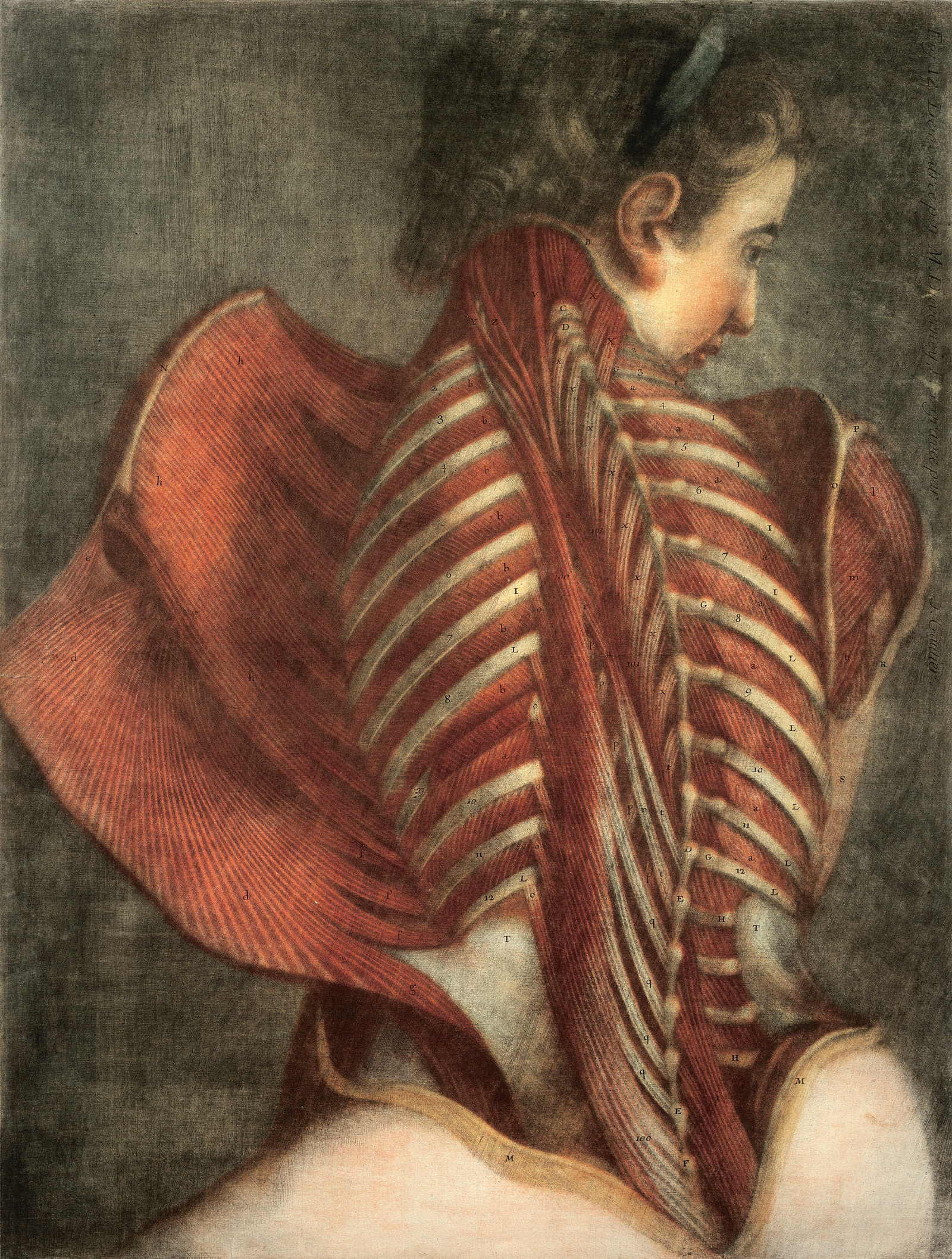
“The beauty of the Anatomical Venus was an important strategy to seduce the viewer into wanting to learn and, at the same time, divorcing her from ideas of death and the grave, which is the source of most anatomical knowledge.
"As eloquently expressed by Arnaud-Éloi Gautier d'Agoty – son of Jacques-Fabien Gautier d’Agoty, maker of 18th-century anatomical mezzotints, including the famous 'Flayed Angel': 'For men to be instructed, they must be seduced by aesthetics, but how can anyone render the image of death agreeable?'
"The Anatomical Venus solved this problem by appearing alive and free of pain, blood, and gore, and by drawing on a long tradition of artistic depictions of Venus, goddess of love, beauty, and fertility.
"For men to be instructed, they must be seduced by aesthetics, but how can anyone render the image of death agreeable?"
"It is my belief that our contemporary obsession with pretty, dead girls renders the Anatomical Venus strange, prurient, and troubling to many people today. I think it is simply impossible for us not to see her through the lens of what came after her – slasher films with eviscerated beautiful female victims, lust murders, and sex dolls.
“I travelled to see and photograph every Venus I could find; read everything I could get my hands on, from scholarly articles to archival museum catalogs; corresponded with private collectors; interviewed curators; and went to Italy to try to understand the Venus within her historical and cultural context.
"The more I learned, the more questions I had. I feel I could still spend the rest of my life following all the paths that lead to and from the Anatomical Venus, and never be done.”
The Anatomical Venus by Joanna Ebenstein is published by Thames & Hudson.
